North of the Arctic Circle, the residents of the village of Shungnak, Alaska have become accustomed to burning diesel fuel for its electricity. In recent months, the village has paid $8.25 or more to keep its smelly, loud diesel power plants running.
However, a solar plus battery energy storage project funded by the US Department of Agriculture and the Northwest Arctic Borough is set to fundamentally change how the village sources its electricity. With equipment developed by Blue Planet Energy, the solar and battery project forms a microgrid that is designed to meet the numerous challenges of operating in an extreme climate.
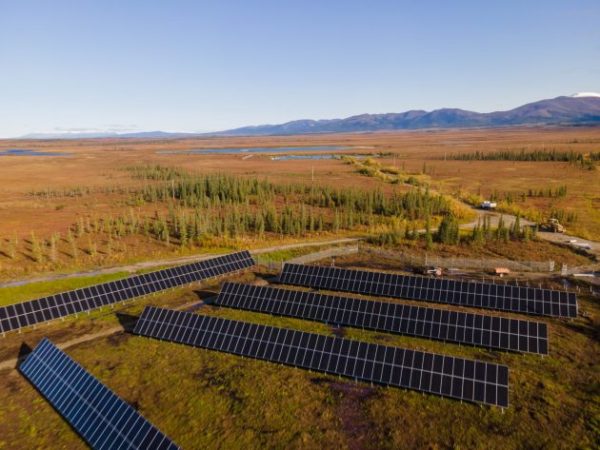
A 225 kW solar array offsets much of the village’s energy needs, which generally ranges between 200kW and a peak of 300kW. LG 405 W NeON 2 Bifacial solar modules were selected for the array.
The microgrid is intelligently designed to operate and supply power in times where diesel generation would be most expensive. Diesel fuel transportation and maintenance costs are particularly high in remote, cold climates in freezing temperatures, and the microgrid can respond and dispatch power at those times of highest cost.
As much as 25,000 gallons of diesel burn will be avoided as a result and based on a $7-$8 cost per gallon, this equates to a savings of $200,000 a year.
“Producing power in rural Alaska is immensely difficult, between transporting fuel into town by plane or boat and battling temperatures that can freeze generator engines,” said Ava Gibson, head of sales for Blue Planet Energy. “Milestone projects such as this are an exciting promise to the people of both Alaska and rural communities around the world for an energy resilient future.”
It can also respond to power outages from the complex, and mostly autonomous diesel plant, which is a particularly dangerous problem, when temperatures reach as low as -20 degrees to -40 degrees F.
“Thanks to the energy storage system, we can turn the diesels off but keep the lights on in the community. It also gives the local utility the ability to run on 100% clean energy for hours at a time,” said Rob Roys, CIO, Launch Alaska.
The microgrid is also composed of 12 units of 32 kWh Blue Ion LX battery storage cabinets installed by Alaska Native Renewables Industries in cooperation with local utility Alaska Village Electric Cooperative and the nonprofit Launch Alaska.
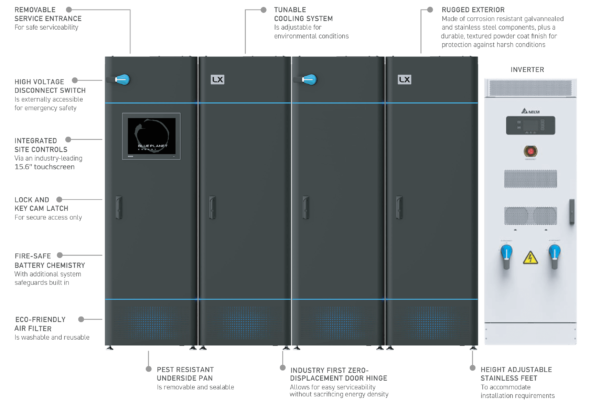
Blue Planet’s Blue Ion LXHV commercial energy storage system
The Blue Ion LX battery is a particularly resilient system, with a 21-year life expectancy, and is ruggedized to be able to support energy where it is critical, like in emergency services or healthcare, or for businesses where energy uptime is essential. The batteries can operate in conjunction with the larger grid or operate as a completely independent microgrid.
The cabinet comes with a tunable cooling system that is adjustable for varied environmental conditions. The exterior is made of a corrosion resistant galvannealed and stainless-steel material, finished with a textured powder coat for harsh condition resistance. It has a low fire-risk lithium ferro-phosphate battery.
This was the local utility’s first foray into energy storage, which was met with resistance at first, due to the complexities of Shungnak’s mostly autonomous diesel plant. “We’ve been hesitant to jump into energy storage for a number of reasons, but Blue Planet Energy’s battery technology and chemistry is the best available for rural communities,” said Bill Stamm, president and CEO of Alaska Village Electric Cooperative.
This content is protected by copyright and may not be reused. If you want to cooperate with us and would like to reuse some of our content, please contact: editors@pv-magazine.com.
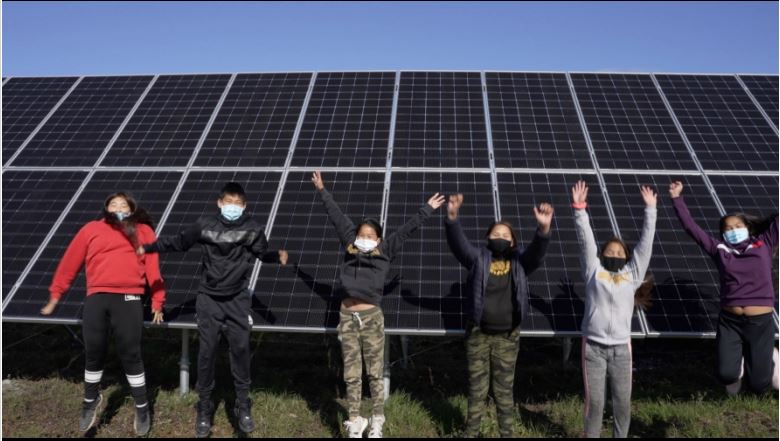
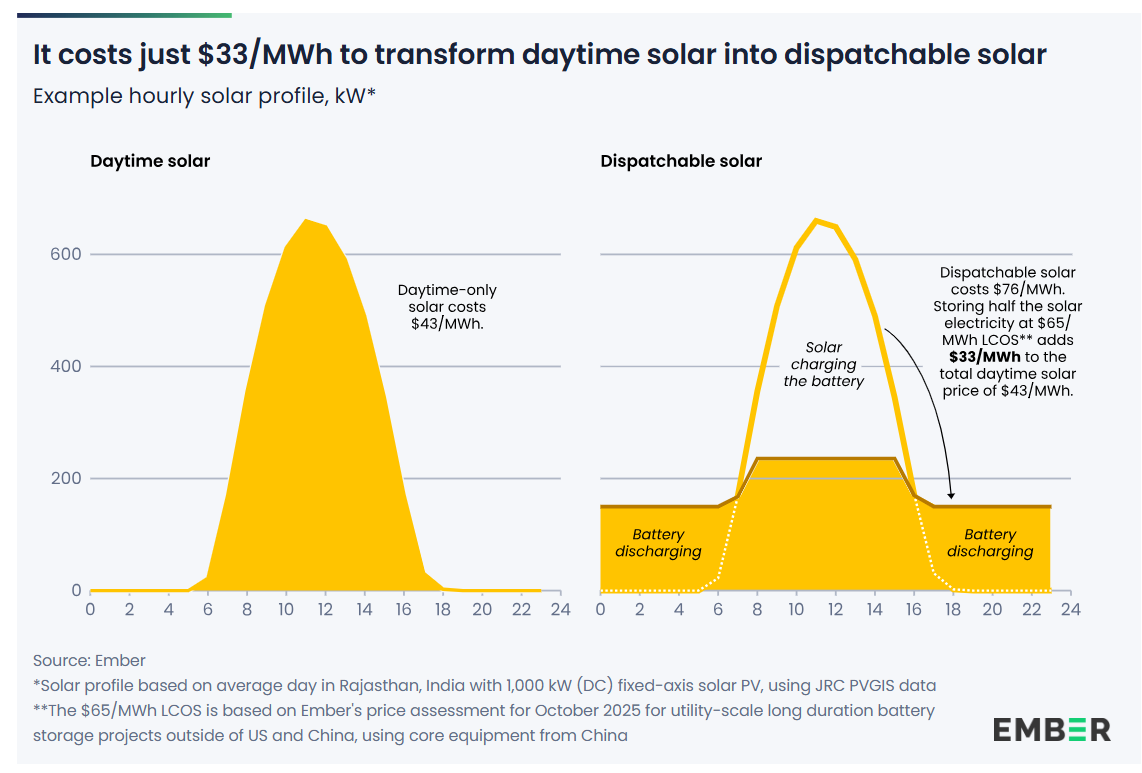






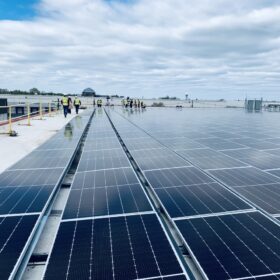
In winter won’t the likely output of the array will be about a quarter of the 225 kW peak power? On a cloudy day or when covered with snow won’t the output be close to zero? If this is true, it will occur when the diesel is at its most expensive, greatly reducing the expected savings.
“We’ve been hesitant to jump into energy storage for a number of reasons, but Blue Planet Energy’s battery technology and chemistry is the best available for rural communities,” said Bill Stamm, president and CEO of Alaska Village Electric Cooperative.”
North of the arctic circle, winters are dark and have no sunlight. The summers are just the sun going around the horizon 360 degrees. Single axis trackers do not work as well as dual axis that can point in all directions. Batteries will augment the sunlight received in the summer plus the diesel generators in the winter or on cloudy days. using the batteries as the primary source of power and charging them with solar, diesel generators or both or even other means, would give the most reliable source of electricity. In the winter, using the diesel generator ducted exhaust as well as electric heaters to keep the circuit breakers and batteries up to nominal temperatures is very important for a safe operation. Deisel generators are more efficient running at closer to 90% of the rated power than intermittent like the normal demand loads would draw, so charging the batteries at the maximum amount and drawing from the batteries at the intermittent draws usually applied, would even save diesel fuel even if solar was not applied. The system of solar, Batteries and Generator to batteries could save over 70% in fuel over the period of a year. Up to 100% savings in the summer and up to 40% savings in the winter is possible.
Great info, Edward. Thanks.